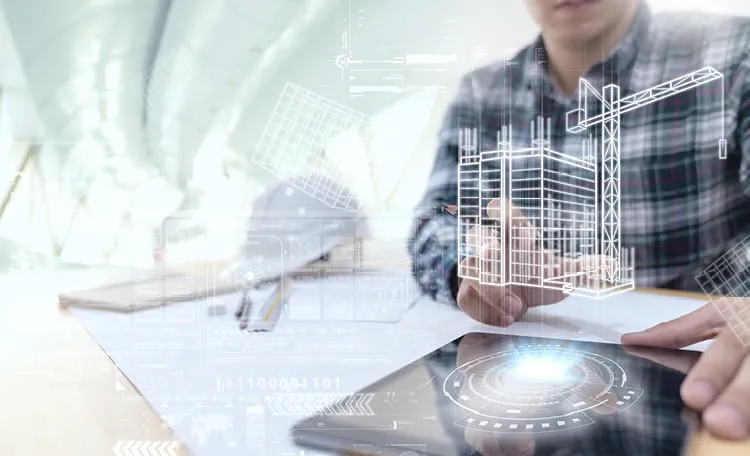

Workspace for Today’s Workforce: Diverse and Inclusive
When it comes to building out space today, more is being devoted to collaboration and wellbeing. And to be successful, these spaces need to support the intended use, while accommodating different ways employees use and experience the space.
Companies are designing office spaces that support traditional ways of working and more—helping all employees feel energized and inspired, supporting learning and development, and fostering a sense of belonging and improved connection. Some of the emerging space designs that promote wellbeing, belonging, and neurodiversity include:
- An active recharge area for informal interactions; for example, including a putting green for energy release and a quiet area where employees can be part of the conversation without being part of the action.
- Private, quiet areas and closed-door spaces supporting focus and one-on-one conversations, as well as providing noise mitigation.
- A quiet recharge area along the window line.
- A wellness room, mother’s room, and a gender-neutral restroom to support a more open and diverse talent pool.
These spaces support employee productivity and wellness through:
- Ample access to natural light throughout the office, supporting employees who manage seasonal depression and migraines.
- Strategic use of calming colors and patterns on wall coverings, furniture and flooring.
- Adjustable lighting throughout the office for reducing eye strain, and migraine prevention.
- Graphics that minimize “visual noise” and help viewers understand content, making the overall concept easy to visually recognize.
Environmental psychology, neurodiversity, and personality type, to name three factors, all need to be considered in space design. Such an approach complements Diversity, Equity & Inclusion and fosters belonging, reflecting the growing employee expectations of work and the workplace.
Connect with the authors


Andrew Carmichael
Senior Director, Head of Sales & Strategy, Project & Development Services, Asia Pacific
Singapore, Singapore
Related insights

Article
Does your building qualify for a life sciences conversion?

Article • Technology
Project Management Delivery of the Future








